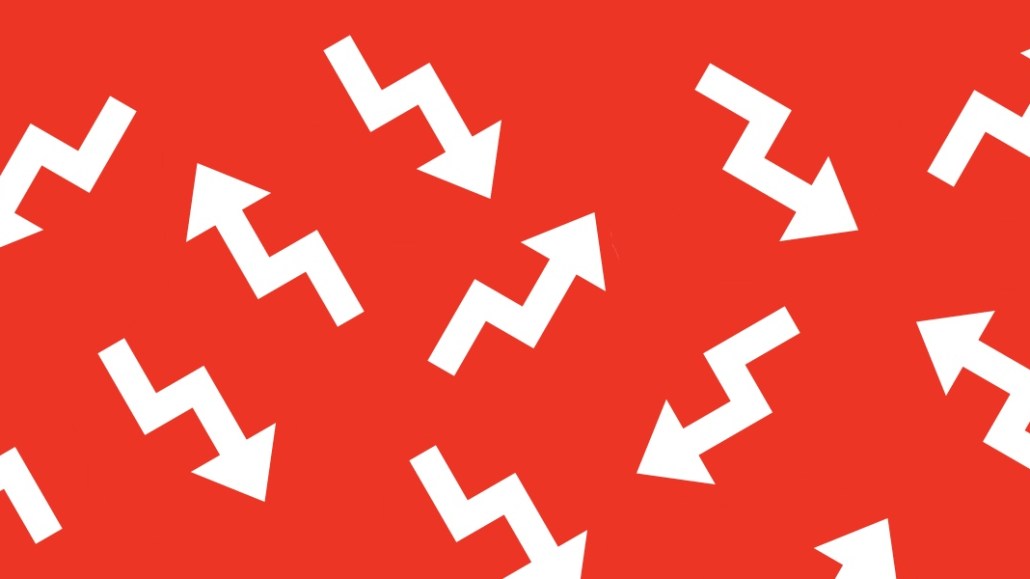Save 50% on a 3-month Digiday+ membership. Ends Dec 5.

BuzzFeed has been on a mission to diversify away from direct-sold advertising. And nowhere is that more evident than on its new BuzzFeed News site.
On Tuesday, the venture-backed publisher launched a standalone news site that was missing the native ads that still drive a majority of BuzzFeed’s revenue. The only ads on BuzzFeed News’s site are a few display units, which it monetizes through open exchanges. The site also plans to sell homepage takeovers, though it has not sold one yet.
As with the rest of BuzzFeed, on-site advertising is just one part of how News monetizes. News has become a big part of BuzzFeed’s video ambitions. It’s getting funding from Facebook for a new show on Watch, “Profile,” and has a series coming to Netflix and Oxygen later this year. But it still has a long way to go: BuzzFeed CEO Jonah Peretti said only about one-third of BuzzFeed’s revenue will come from non-advertising sources in 2018.
“We launched BuzzFeedNews.com to give the brand a distinct, elevated look and feel to match its world-class reporting,” a spokesman wrote. “While the site only includes programmatic ads at launch, we’re excited to explore new partnerships as we continue to pursue numerous opportunities to unlock the enormous value of BuzzFeed News, including its robust slate of projects for TV, SVOD [streaming video on demand] and film.”
As BuzzFeed grows News as a standalone brand, observers say it will be hard to monetize the site solely through programmatic advertising, which will add pressure to make money other ways.
BuzzFeed eschewed programmatic until adding it to its main site last year. Most of BuzzFeed’s programmatic inventory is sold through exchanges, rather than a private marketplace, but the goal of using programmatic advertising as a complement to the native campaigns it sells remains far off.
Some see adopting programmatic as pragmatic, as the early advantage BuzzFeed once enjoyed selling branded content erodes. “One of the things that’s been challenging is a single set of native formats created by the owned-and-operated staff of a publisher is getting harder and harder to sell as a one-off,” said Harry Kargman, the CEO of Kargo.
Ad position: web_incontent_pos1
News is hard to monetize, even though BuzzFeed claims News gets 200 million pageviews every month. Many advertisers steer clear of news because it’s often messy and controversial and they consider it “unsafe” for their brands. “How do you sell news, which is extremely challenging right now?” asked John Wagner, the head of published media investment at media agency PHD.
Some buyers see separating BuzzFeed News as a way to give it a clear identity from the light content that BuzzFeed was founded on and appeal to advertisers that aren’t a fit for such content.
“BuzzFeed News clearly does not have the brand that BuzzFeed has, and that lack of distinction may have created some consumer confusion when they saw more serious journalism reporting alongside fluffier subjects/quizzes,” said Lauren Tetuan, evp and director of media at Deutsch. “BuzzFeed’s move showcases that they are serious about building out this side of their brand and expanding their content offering.”
More in Media

Digiday+ Research Subscription Index 2025: Subscription strategies from Bloomberg, The New York Times, Vox and others
Digiday’s third annual Subscription Index examines and measures publishers’ subscription strategies to identify common approaches and key tactics among Bloomberg, The New York Times, Vox and others.

From lawsuits to lobbying: How publishers are fighting AI
We may be closing out 2025, but publishers aren’t retreating from the battle of AI search — some are escalating it, and they expect the fight to stretch deep into 2026.

Media Briefing: Publishers turn to vertical video to compete with creators and grow ad revenue in 2026
Publishers add vertical video feeds to their sites to boost engagement, attract video ad spend and compete with news creators.
Ad position: web_bfu




